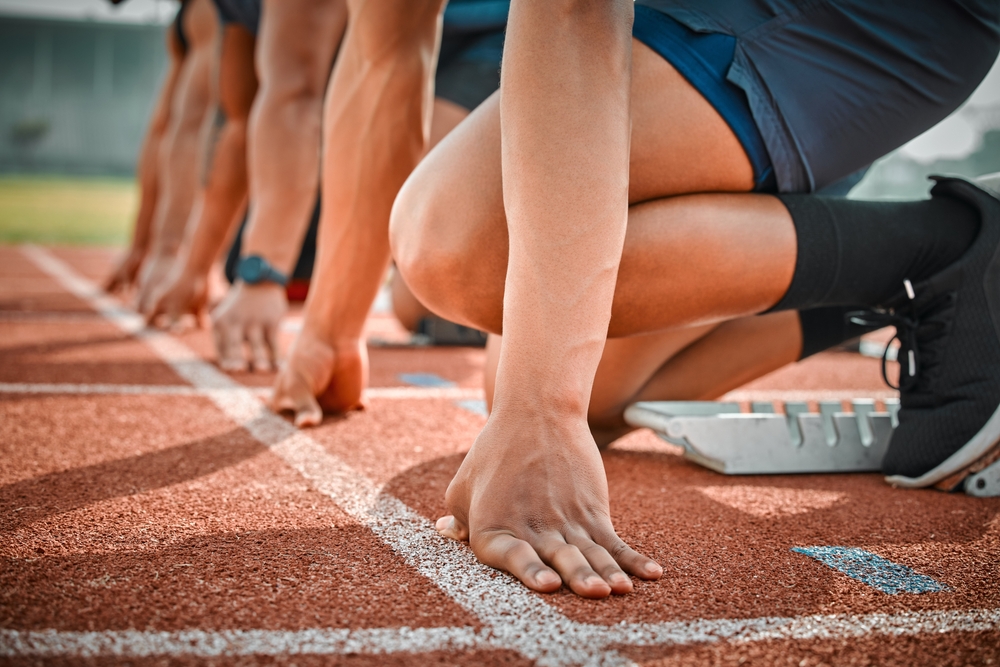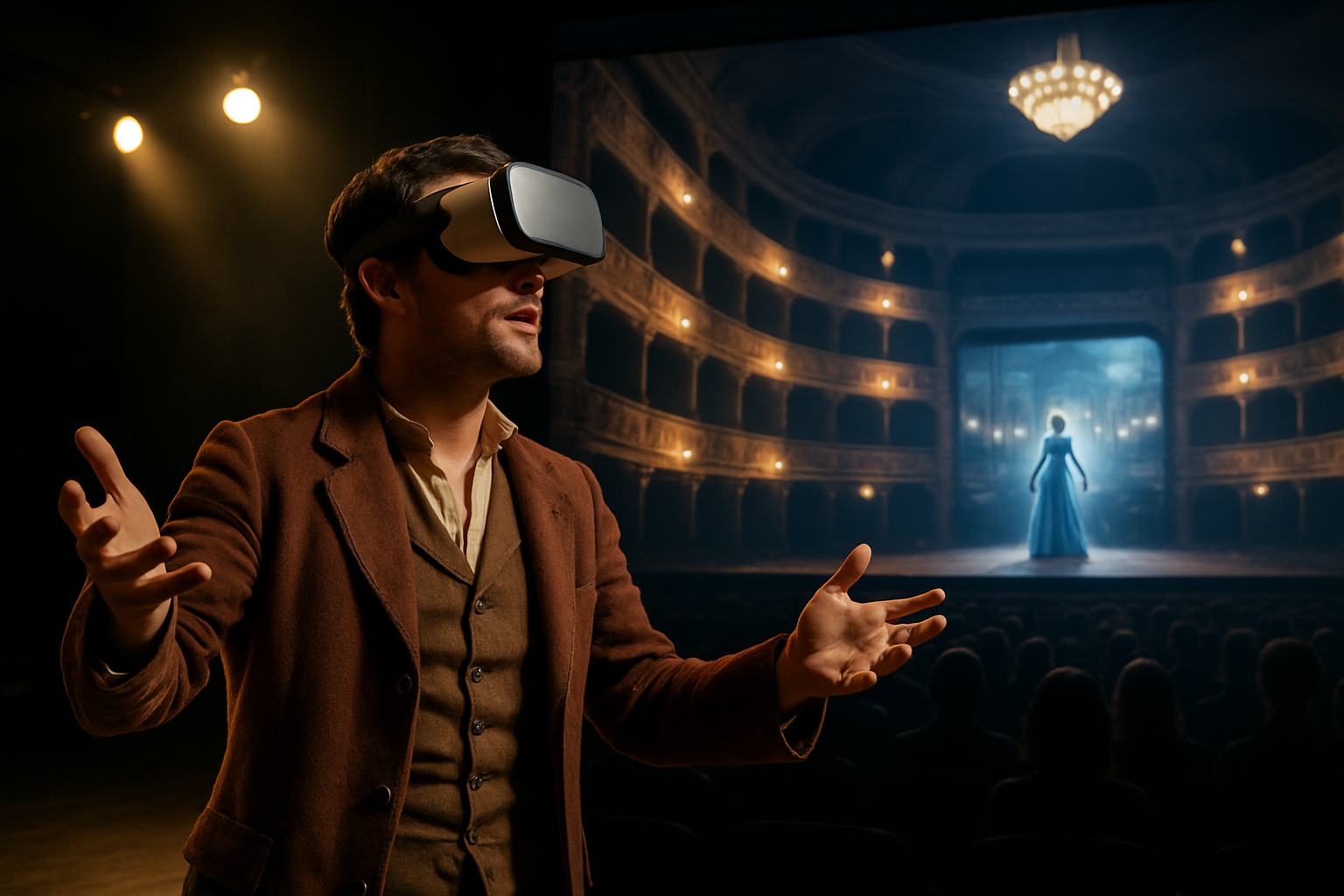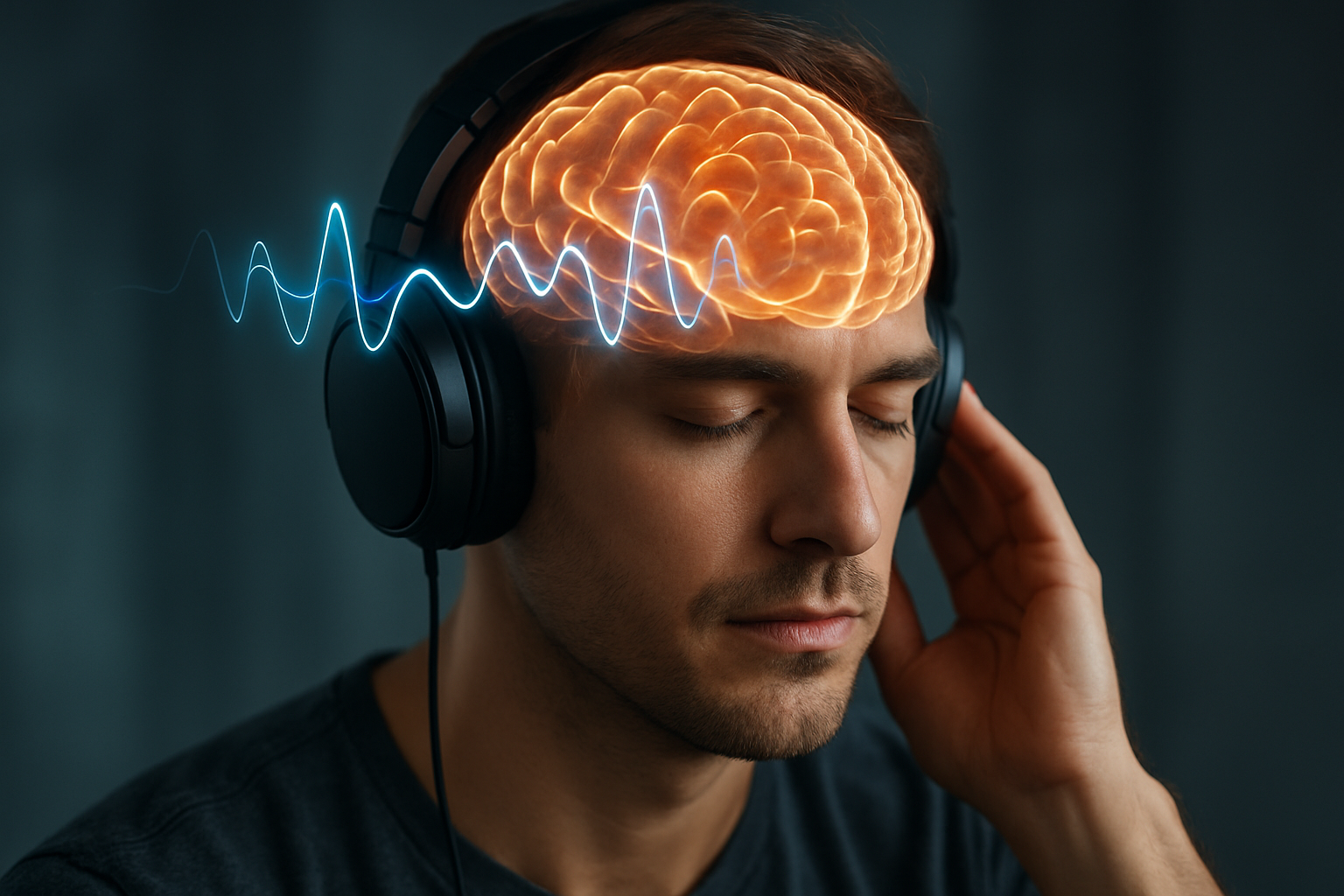Biomechanics of Barefoot Running: Reshaping Athletic Performance
The fusion of ancient practice and modern sports science, barefoot running has emerged as a compelling topic in athletic circles. This article delves into the intricate biomechanics behind running sans shoes, exploring how this approach is challenging conventional wisdom and potentially revolutionizing our understanding of human locomotion. From the savannas of our ancestors to the cutting-edge laboratories of today, we'll unpack the science, benefits, and controversies surrounding this natural form of movement.

Anthropological studies suggest that early humans were persistence hunters, chasing prey over long distances. This endurance-based hunting technique relied on our ability to run efficiently for extended periods, often barefoot or with minimal foot protection. The human foot, with its intricate network of 26 bones, 33 joints, and over 100 muscles, ligaments, and tendons, evolved to be a marvel of natural engineering.
Recent archaeological findings have shed light on the running habits of our ancestors. Fossilized footprints discovered in Kenya, dating back 1.5 million years, reveal a foot structure remarkably similar to modern humans. These prints show a well-developed arch and evidence of a running gait, suggesting that our forebears were already adept long-distance runners long before the invention of shoes.
The transition from barefoot to shod running is a relatively recent phenomenon in human history. The first running shoes as we know them today only appeared in the 1970s. This shift has dramatically altered our running mechanics, potentially disconnecting us from the natural biomechanics our bodies evolved to utilize.
The Biomechanics of Barefoot Running
At the heart of the barefoot running debate lies a fundamental difference in biomechanics compared to shod running. When running barefoot, individuals tend to adopt a forefoot or midfoot strike pattern, as opposed to the heel strike common in shoe-wearing runners. This change in foot strike pattern has cascading effects throughout the kinetic chain of the body.
In a forefoot strike, the ball of the foot makes initial contact with the ground, followed by the heel. This pattern allows the arch of the foot and the Achilles tendon to act as natural shock absorbers, dissipating the force of impact. The calf muscles play a crucial role in this process, eccentrically contracting to control the descent of the heel.
Research conducted at Harvard University by Daniel Lieberman and colleagues has shown that barefoot runners experience significantly lower impact forces compared to shod heel-strikers. The study, published in Nature, found that barefoot runners had peak vertical force that was approximately three times lower than their shod counterparts.
This reduced impact force is attributed to several factors:
-
Shorter stride length: Barefoot runners tend to take shorter, quicker steps, reducing the time each foot spends in contact with the ground.
-
Increased proprioception: Without the barrier of a shoe sole, runners receive more sensory feedback from the ground, allowing for finer adjustments in foot placement and pressure distribution.
-
Natural arch function: The foot’s arch acts as a spring, storing and releasing energy with each step. Modern shoes often interfere with this mechanism, potentially reducing running efficiency.
-
Engaged intrinsic foot muscles: Barefoot running activates the small muscles within the foot, potentially leading to stronger, more resilient feet over time.
These biomechanical differences have led some researchers and athletes to argue that barefoot running is more natural and potentially less injurious than shod running. However, the debate remains ongoing, with conflicting studies and expert opinions on both sides.
Potential Benefits of Barefoot Running
Proponents of barefoot running cite numerous potential benefits, many of which stem from the altered biomechanics discussed earlier. While research in this area is still evolving, several studies have suggested positive outcomes associated with barefoot or minimalist running:
-
Improved proprioception: Running without shoes enhances the foot’s ability to sense the ground, potentially improving balance and coordination. A study published in the Journal of Sport and Health Science found that barefoot runners demonstrated better postural stability compared to those wearing shoes.
-
Strengthened foot muscles: The increased activation of intrinsic foot muscles during barefoot running may lead to stronger, more resilient feet. Research in the Journal of Foot and Ankle Research showed that runners transitioning to minimalist footwear experienced increases in foot muscle size and strength.
-
Enhanced running economy: Some studies suggest that barefoot running may be more energy-efficient. A 2012 study in the International Journal of Sports Medicine found that runners consumed less oxygen when running barefoot compared to wearing shoes, indicating improved running economy.
-
Reduced risk of certain injuries: While controversial, some research indicates that barefoot running may reduce the risk of certain overuse injuries common in shod runners. A study in the British Journal of Sports Medicine found lower rates of repetitive stress injuries in barefoot runners compared to shod runners.
-
Improved running form: The natural feedback from barefoot running often leads to a more efficient running form, with a shorter stride length and higher cadence. This adjustment may reduce overall stress on the joints and muscles.
It’s important to note that while these potential benefits are promising, more long-term studies are needed to fully understand the implications of barefoot running on overall athletic performance and injury prevention.
Challenges and Considerations
While barefoot running offers intriguing possibilities, it’s not without its challenges and potential risks. Transitioning from shod to barefoot running requires careful consideration and gradual adaptation:
-
Transition period: The shift to barefoot running places new demands on the muscles, tendons, and bones of the feet and lower legs. A gradual transition is crucial to avoid overuse injuries. Research in the Journal of Strength and Conditioning Research suggests that adaptation can take several months.
-
Surface considerations: Barefoot running exposes the feet to various surfaces and potential hazards. Urban environments, with their hard concrete surfaces and potential debris, pose particular challenges. Natural surfaces like grass or sand may be more forgiving for beginners.
-
Increased initial injury risk: During the transition period, runners may be at higher risk for certain injuries. A study in the Journal of Strength and Conditioning Research found an increased incidence of calf and foot pain in runners transitioning to minimalist shoes.
-
Climate limitations: Extreme temperatures, both hot and cold, can limit the practicality of barefoot running in certain environments.
-
Individual variations: Not all runners may benefit equally from barefoot running. Factors such as foot structure, running history, and overall biomechanics play a role in determining suitability.
-
Lack of protection: The absence of shoe cushioning and support may increase the risk of acute injuries from obstacles or uneven terrain.
Addressing these challenges requires a thoughtful approach. Many experts recommend starting with short barefoot walking sessions, gradually increasing duration and intensity. Some runners find success with minimalist shoes as an intermediate step, allowing for some of the benefits of barefoot running while providing a degree of protection.
Implications for Athletic Performance
The potential impact of barefoot running on athletic performance extends beyond recreational jogging. Elite athletes and coaches are increasingly exploring how barefoot training can enhance overall performance across various sports:
-
Cross-training tool: Barefoot running exercises can serve as an effective cross-training method for athletes in various sports, potentially improving proprioception, foot strength, and overall biomechanical efficiency.
-
Injury prevention: The strengthening of foot and lower leg muscles through barefoot training may help reduce the risk of common sports injuries, particularly those related to poor foot mechanics.
-
Technique refinement: The increased sensory feedback from barefoot running can help athletes develop a more efficient running form, which may translate to improved performance in their primary sport.
-
Biomechanical analysis: Studying barefoot running mechanics has provided valuable insights into human locomotion, informing the design of athletic footwear and training programs.
-
Mental aspects: Some athletes report increased mindfulness and connection to their environment when running barefoot, potentially enhancing the mental aspects of their training.
However, it’s crucial to note that the integration of barefoot running into athletic training programs should be approached cautiously and under professional guidance. The potential benefits must be weighed against the risks, and individual factors such as an athlete’s biomechanics, injury history, and sport-specific demands should be considered.
The Future of Barefoot Running Research
As interest in barefoot running continues to grow, so does the body of scientific research surrounding it. Several areas of study are particularly promising for future investigation:
-
Long-term effects: Most current studies on barefoot running are relatively short-term. Long-term studies are needed to understand the full impact on injury rates, performance, and overall foot health.
-
Population-specific research: More studies are needed on diverse populations, including different age groups, skill levels, and individuals with various foot types and biomechanical profiles.
-
Sport-specific applications: Research into how barefoot training principles can be applied to specific sports beyond running could yield valuable insights for athletes and coaches.
-
Technological integration: The development of advanced wearable sensors and biomechanical analysis tools may provide more detailed insights into the nuances of barefoot versus shod running mechanics.
-
Footwear design: Insights from barefoot running research are likely to influence the next generation of athletic footwear, potentially leading to shoes that better mimic the benefits of barefoot movement while providing necessary protection.
-
Rehabilitation applications: The potential use of barefoot or minimalist running in injury rehabilitation and prevention programs is an area ripe for further exploration.
-
Genetic and evolutionary studies: Continued research into the evolutionary aspects of human running may provide deeper insights into the potential benefits and limitations of barefoot running for modern athletes.
As research progresses, it’s likely that a more nuanced understanding of barefoot running will emerge, moving beyond the current polarized debate to a more integrated approach that recognizes both its potential benefits and limitations.
A Balanced Perspective
The biomechanics of barefoot running represents a fascinating intersection of evolutionary biology, sports science, and athletic performance. While the debate between barefoot and shod running continues, the research surrounding barefoot biomechanics has already yielded valuable insights into human locomotion and athletic training.
As with many aspects of sports science, the key lies in finding a balanced approach. Barefoot running is not a panacea for all running-related issues, nor is it inherently superior to shod running for all individuals. Instead, it offers an additional tool in the athlete’s arsenal, one that can potentially enhance performance, reduce injury risk, and deepen our understanding of human movement.
The future of barefoot running in athletics likely lies in a nuanced integration of its principles, rather than a wholesale adoption or rejection. As research continues to evolve, athletes, coaches, and sports scientists will be better equipped to harness the potential benefits of barefoot biomechanics while mitigating associated risks.
Ultimately, the exploration of barefoot running biomechanics serves as a reminder of the complexity and adaptability of the human body. It challenges us to reconsider long-held assumptions about athletic performance and opens new avenues for enhancing human potential in sports and beyond. As we continue to unravel the intricacies of human movement, the insights gained from barefoot running may well shape the future of athletic training, injury prevention, and sports performance optimization.





